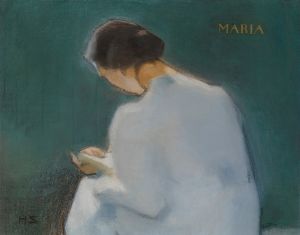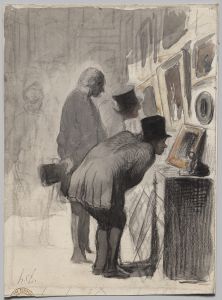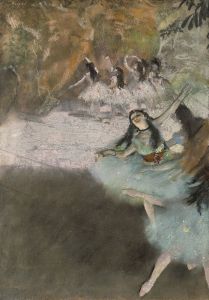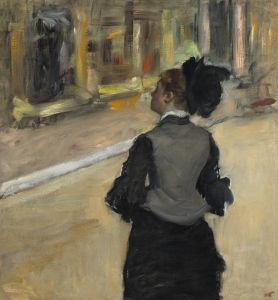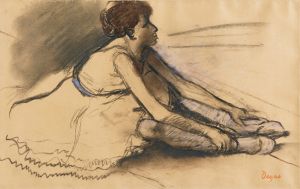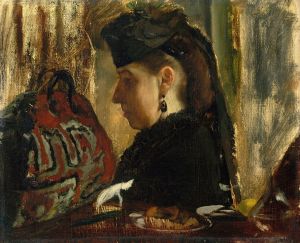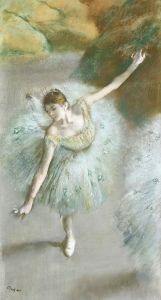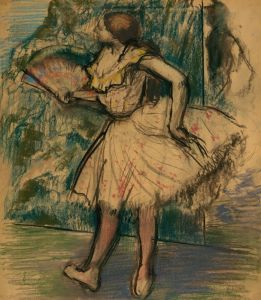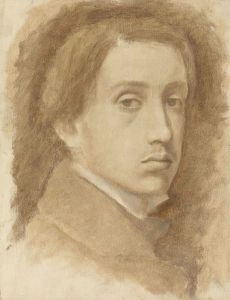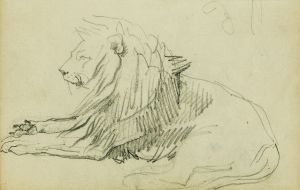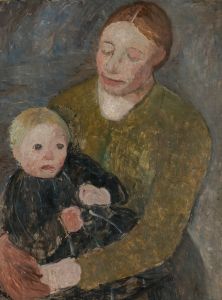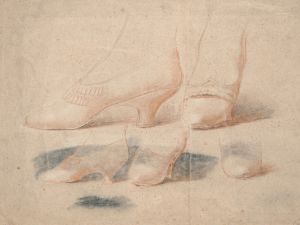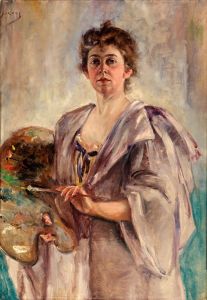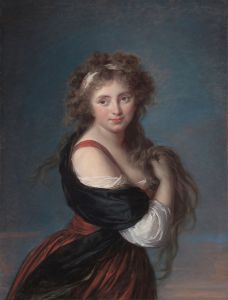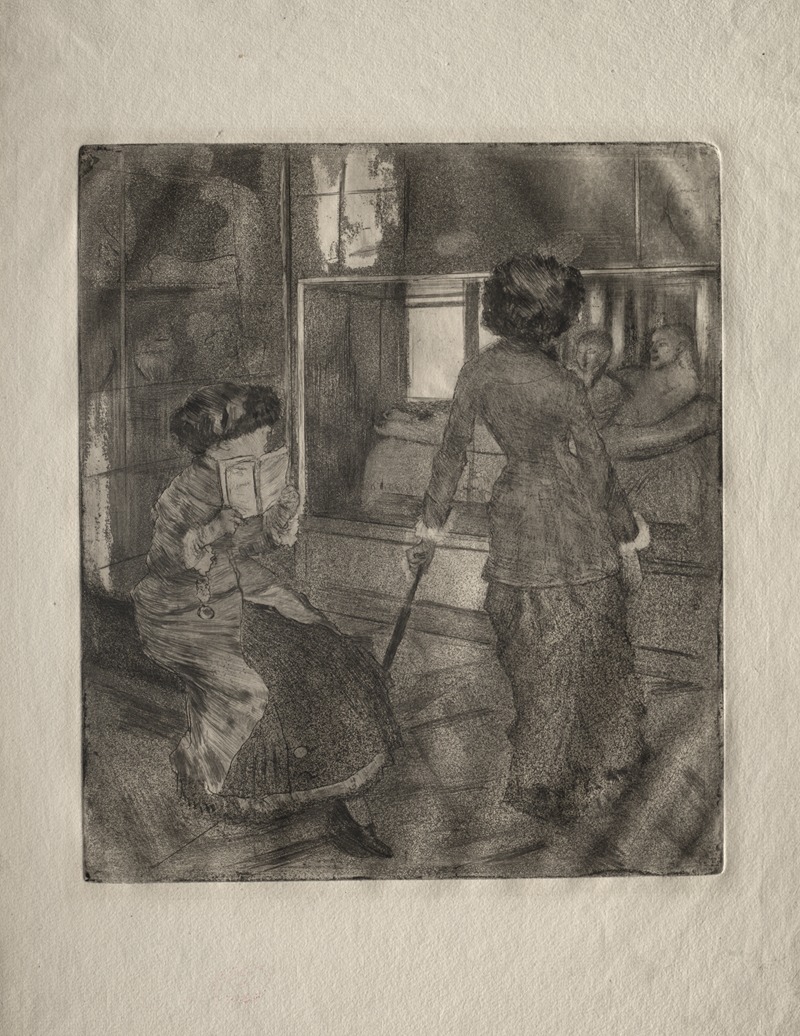
Mary Cassatt at the Louvre; The Etruscan Gallery
A hand-painted replica of Edgar Degas’s masterpiece Mary Cassatt at the Louvre; The Etruscan Gallery, meticulously crafted by professional artists to capture the true essence of the original. Each piece is created with museum-quality canvas and rare mineral pigments, carefully painted by experienced artists with delicate brushstrokes and rich, layered colors to perfectly recreate the texture of the original artwork. Unlike machine-printed reproductions, this hand-painted version brings the painting to life, infused with the artist’s emotions and skill in every stroke. Whether for personal collection or home decoration, it instantly elevates the artistic atmosphere of any space.
"Mary Cassatt at the Louvre; The Etruscan Gallery" is a notable painting by the French Impressionist artist Edgar Degas. Created around 1879-1880, this work captures a moment in the life of Mary Cassatt, an American painter and printmaker who was a close friend and colleague of Degas. The painting is part of a series of works by Degas that depict Cassatt in various settings, reflecting their mutual respect and artistic collaboration.
The painting portrays Mary Cassatt in the Louvre Museum, specifically in the Etruscan Gallery, which was known for its collection of ancient artifacts. The Louvre, located in Paris, is one of the world's largest and most visited museums, housing a vast collection of art and historical objects. During the late 19th century, it was a popular destination for artists and art enthusiasts, providing inspiration and a place for study.
In this artwork, Degas captures Cassatt in a moment of contemplation, observing the ancient artifacts. The painting is characterized by Degas' typical Impressionist style, with loose brushwork and an emphasis on capturing the effects of light and atmosphere. The composition is intimate, focusing on Cassatt's engagement with the art around her, and it reflects Degas' interest in depicting modern life and the activities of contemporary women.
Degas and Cassatt shared a deep professional relationship, and their friendship was marked by mutual influence and admiration. Cassatt was one of the few American artists to exhibit with the Impressionists in Paris, and she became known for her depictions of women and children in domestic settings. Degas, known for his works depicting dancers, women at work, and scenes of Parisian life, found a kindred spirit in Cassatt, and their artistic exchange enriched both of their careers.
The painting is significant not only for its depiction of Cassatt but also for its representation of the cultural milieu of the time. It highlights the role of women in the art world, both as creators and as subjects, during a period when their contributions were often overlooked. Cassatt's presence in the Louvre, an institution traditionally dominated by male artists and patrons, underscores her determination and success in carving out a space for herself in the art world.
"Mary Cassatt at the Louvre; The Etruscan Gallery" is a testament to the friendship and professional respect between Degas and Cassatt. It serves as a historical document of their collaboration and the broader context of the Impressionist movement, which sought to capture the fleeting moments of modern life with immediacy and vibrancy. Today, the painting is appreciated for its artistic merit and its insight into the dynamics of the Impressionist circle in late 19th-century Paris.





